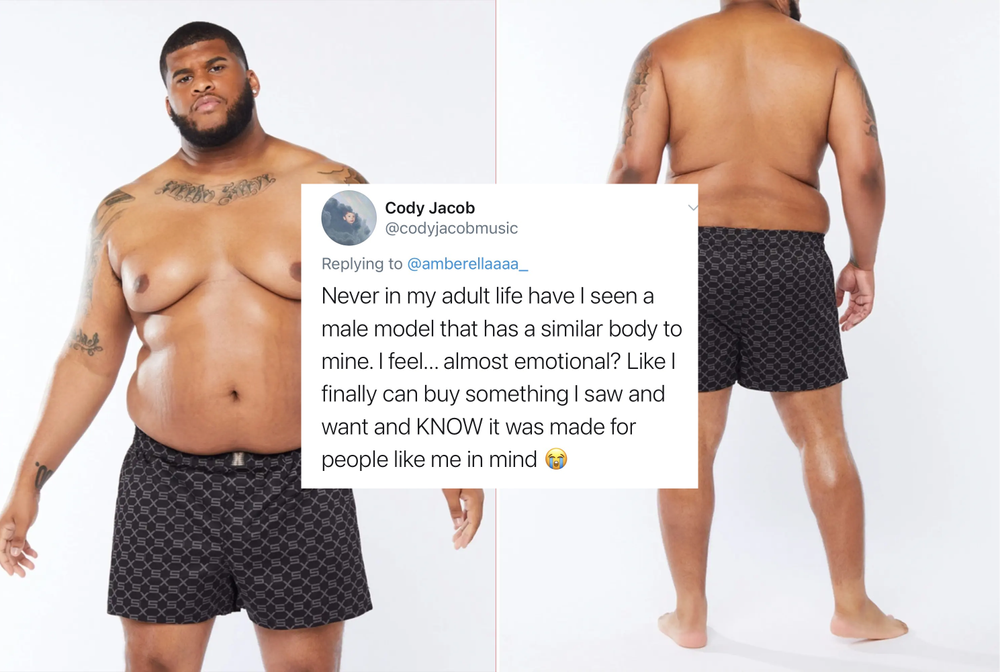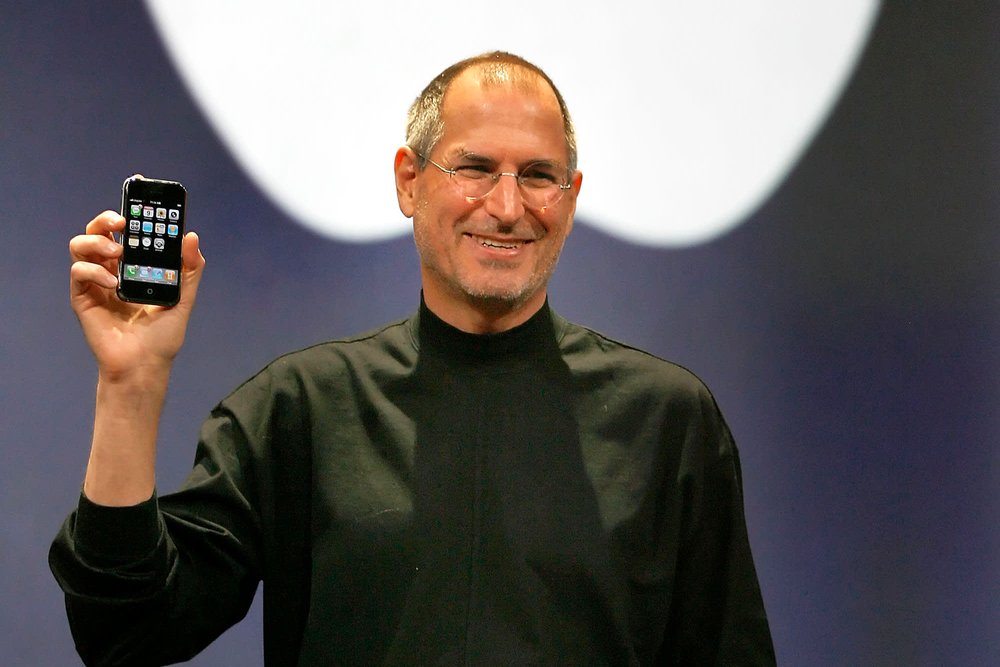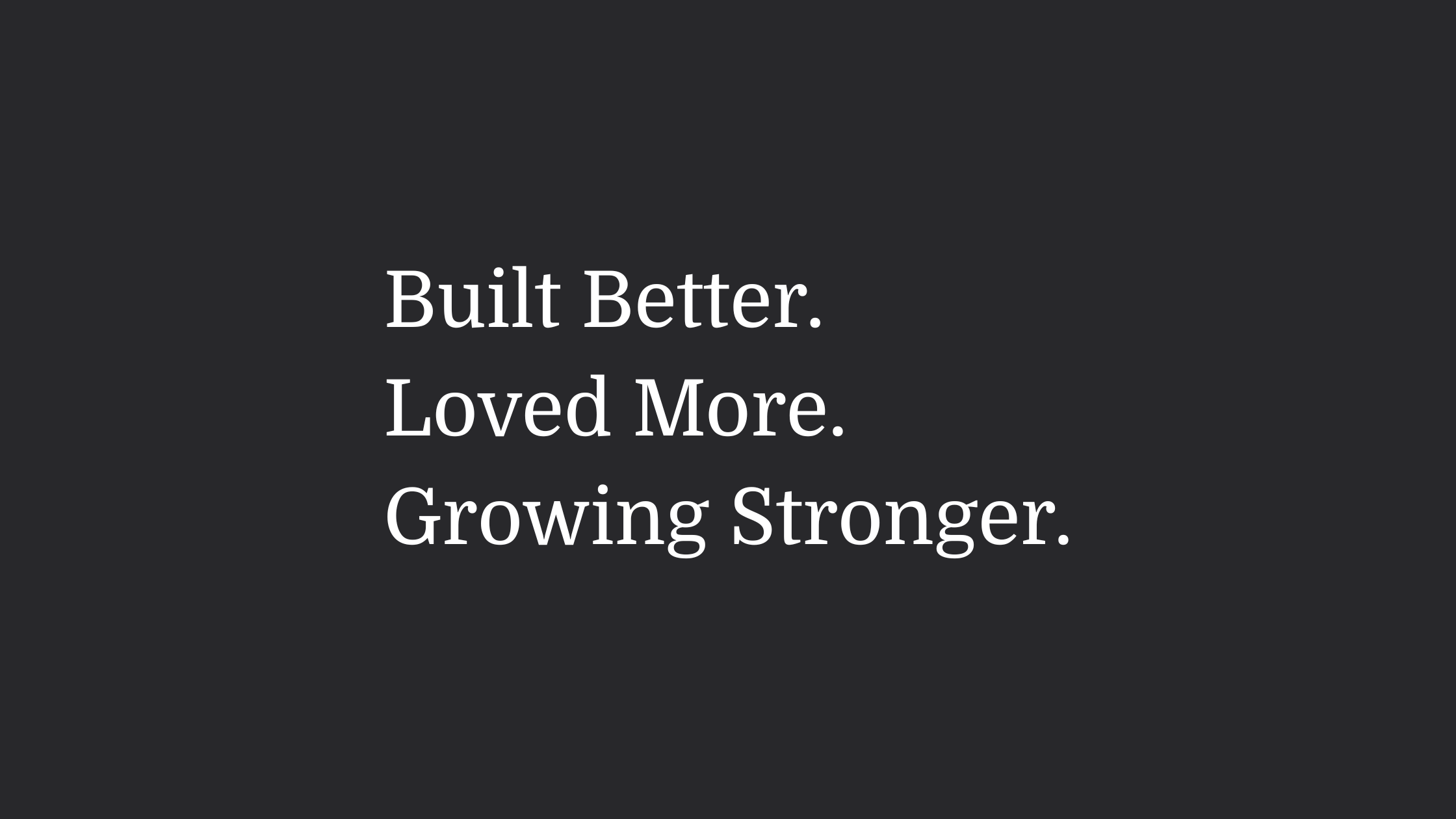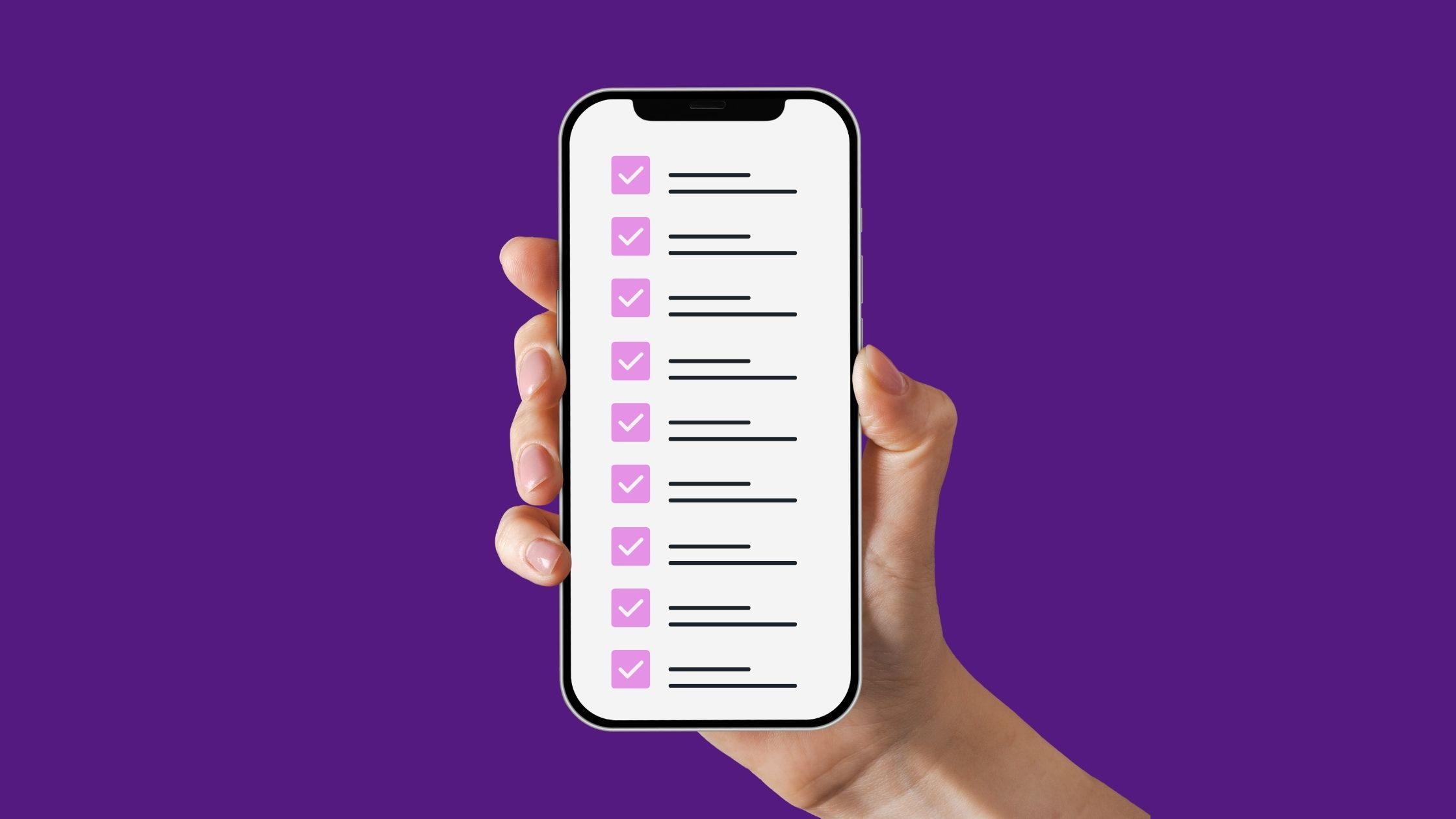Interview multiple candidates
Lorem ipsum dolor sit amet, consectetur adipiscing elit proin mi pellentesque lorem turpis feugiat non sed sed sed aliquam lectus sodales gravida turpis maassa odio faucibus accumsan turpis nulla tellus purus ut cursus lorem in pellentesque risus turpis eget quam eu nunc sed diam.
Search for the right experience
Lorem ipsum dolor sit amet, consectetur adipiscing elit proin mi pellentesque lorem turpis feugiat non sed sed sed aliquam lectus sodales gravida turpis maassa odio.
- Lorem ipsum dolor sit amet, consectetur adipiscing elit.
- Porttitor nibh est vulputate vitae sem vitae.
- Netus vestibulum dignissim scelerisque vitae.
- Amet tellus nisl risus lorem vulputate velit eget.
Ask for past work examples & results
Lorem ipsum dolor sit amet, consectetur adipiscing elit consectetur in proin mattis enim posuere maecenas non magna mauris, feugiat montes, porttitor eget nulla id id.
- Lorem ipsum dolor sit amet, consectetur adipiscing elit.
- Netus vestibulum dignissim scelerisque vitae.
- Porttitor nibh est vulputate vitae sem vitae.
- Amet tellus nisl risus lorem vulputate velit eget.
Vet candidates & ask for past references before hiring
Lorem ipsum dolor sit amet, consectetur adipiscing elit ut suspendisse convallis enim tincidunt nunc condimentum facilisi accumsan tempor donec dolor malesuada vestibulum in sed sed morbi accumsan tristique turpis vivamus non velit euismod.
“Lorem ipsum dolor sit amet, consectetur adipiscing elit nunc gravida purus urna, ipsum eu morbi in enim”
Once you hire them, give them access for all tools & resources for success
Lorem ipsum dolor sit amet, consectetur adipiscing elit ut suspendisse convallis enim tincidunt nunc condimentum facilisi accumsan tempor donec dolor malesuada vestibulum in sed sed morbi accumsan tristique turpis vivamus non velit euismod.
No brand is perfect. From questionable adverts or social posts that give the wrong message, right through to product flops or poor hires, even the world’s most beloved brands are guilty of putting a foot wrong from time to time.
So, given the high chance of messing up, how exactly do you get it right?
Sometimes the easiest mistakes to rectify are the simplest ones. From fully understanding your target audience to not undervaluing your products or services, there are many ways to improve your brand’s offering to the world.
Whether you have an established business or you’re just starting out, take stock of these 10 easy mistakes and see which ones - if any - you can use to your advantage.
1. Audience
How old is your ideal audience? Where do they work? What do they like to do in their free time? If you can answer these few questions, then you’re already ahead of the curve.
Understanding who you’re targeting and what problem your product or services solves for them is the first step to effective marketing. No matter how broad your brand’s appeal, it’s important not to target every man and his dog. Instead, focus on your reputation and attracting the right clients and customers. The biggest brands in the world started with a smaller target audience before word of mouth started to take effect.
IKEA is a prime example of this. Founder Ingvar Kamprad set up IKEA selling watches and pens, and only started producing furniture in 1948 - with the caveat that there had to be “reasonable interest” for him to continue. His target market? “The people of the countryside” - frugal, post-war Swedish farmers who wanted smart furniture solutions and who wouldn’t tolerate waste. As the demand grew, IKEA’s company vision eventually evolved “to create a better everyday life for the many people.” Less countryside, more entire countries.
But how do you define your ideal audience? Start by creating personality profiles. 3-4 ideal customers is generally enough to cover off who you see using your product or service. Consider their hobbies, spending habits, family set-up, where they’re based and how they interact with your brand. Hubspot has an excellent Make My Persona tool which is free to use here. You can then start to tailor your content - from social media right through to photography styles - to that audience.

2. Customer service
Your customers’ journey is integral to your brand identity, so you want their interaction with your business to be a positive one.
Of course, not every customer interaction is going to be smooth sailing. Deliveries get delayed, stock runs out, or an item ends up being faulty. What matters most is what you do about it.
Offer helpful product information across your store, train up your staff on their communication styles, and make sure that your fulfilment operation is slick and clearly signposted throughout your site. Delivery has fast become one of the biggest deal-breakers for the e-commerce sector in the UK, with around two-thirds of UK consumers (65%) saying they wouldn’t order from a marketplace if they don’t offer a convenient delivery option.
Ensure that there’s an easy way for customers to get in touch, so that when problems do arise, you’re ready to deal with them. On average, 95% of customers usually tell at least one other person about a bad experience with a brand, BUT 60% would switch to a competitor if they offered better customer service. By getting your communication right, you could quickly rack up a whole new host of shoppers.
3. Influencer marketing
Whether you have a fully fledged brand ambassador programme or you’re just dipping your toe into the world of influencer marketing, it’s important to know what’s involved before you get any form of content creator to sign on the dotted line.
We often meet brand owners who imagine that one influencer will skyrocket their sales. Yes, with the right strategy in place and relevant partnerships, influencer marketing has the potential to reach entirely new audiences and generate brand interest. But your influencers aren’t sorcerers. No matter how clever their content is, they can’t wave a magic wand and generate sales for you with one single post.
Instead of setting your target as sales, consider what else an influencer can offer you. Their job is to produce content that resonates with their audience. Sometimes this might be more tailored to brand awareness than a hard sell of your product or service. This could be measured by social media following, engagement on your own posts, and site traffic. Of course, if you do want to encourage sales and your influencer is happy to do so, then a specific affiliate link or discount code is a good yardstick for any sales driven from their channels.
Aim for longer term relationships and nurture the relationships where you see good results, but remember: influencers can’t do your job for you. They have their brand. You have yours. It’s about working together on both.
.jpg)
4. Product photography
If you walked past a shop with dim lights, dirty windows, and a dusty display, would you step inside? Chances are you’d quickly keep on walking.
Much like a tired shop window, poor photography that doesn’t do justice to your products isn’t going to bring those sales in. Shopping online still requires a small leap of faith - particularly if someone shops with you for the first time - and so the more photo and video content you can provide your customers, the better. If you’re a clothing brand or featuring models in your photos, then consider your models carefully and be inclusive. If you’re targeting a wide range of people, then you should echo this diversity with your models. Long gone are the days of Barbie-and-Ken style models. People want to see real bodies and real - for want of a better term - ‘flaws’.
When Rihanna launched her first Savage x Fenty men’s underwear range back in 2020, men took to social media and said they felt represented by the diversity of models for the first time. One Twitter user said: “Never in my adult life have I seen a male model that has a similar body to mine,” in response to the XXL model on SavageX.com. “I feel… almost emotional? Like I finally can buy something I saw and want and KNOW it was made for people like me in mind.” Another Tweet followed up with: “I just realized I have never seen a male model with a body type close to mine that wasn’t there as a joke. Seeing this made me really happy. They even kept the stretch marks.” The Savage x Fenty marketing team clearly recognised who would be buying from them, and decided to mix up the six-packs and chiselled jaws in favour of men who looked - well, real. This authenticity worked wonders for the launch, showing that by pushing for authenticity people respond in favour.
If you’re setting up your business or doing a brand refresh, invest in photography. One good photoshoot can transform your online offering and show the value in your products.

5. Too many sales and discounts
Unless this is your primary business model and you have room to manoeuvre on your prices, regularly discounting stock conditions your customers into waiting for the right sale to come around, and puts them off from buying at full price.
ASOS have fallen into this discount trap in recent years by issuing new discount codes every week, but recent social campaigns have seen them use this to engage with their following and vote for the deals they’d like to see next. Customers vote on whether they’d prefer a discount on shoes or bags, for example, and the winning deal gets launched. Given their high inventory and variety of stock, it’s a strategy that’s working for them for now. But such heavy discounting shouldn’t be taken - well, lightly.
Be aware of your supply costs if you run heavy discounts. If the cost of acquiring your stock is skyrocketing, then plan out your next few quarters carefully and factor in your busiest sale times. Whilst people expect good deals around Black Friday and the January sales, they’re not waiting on as many deals in the summer months. Know the value of your brand, and don’t undermine it by slashing your prices too much, or too often.

6. Social media
Oh, we could wax lyrical about this one. The responsibility of your brand’s social media should not be given to your newest intern, nor should you be aiming to cover content on every type of platform under the sun. Pick the platforms on which your customers are most active, and make your content engaging. Engagement is always the aim of the social game. Scheduling posts and reels is a great way to get organised, but it doesn’t mean that you should send your update off without checking in to reply, comment and interact with your following.
The world’s best brands have dedicated social teams who spend hours crafting content that stays aligned with their vision. Whilst your team may not have the resource and time to produce TikToks every week, consider how social media could play a role in driving sales and if it’s worth investing in for your business. Whilst not every brand relies on social media for generating sales, you’d be hard pressed to find a business that doesn’t exist on at least one of the platforms.
Make time to post relevant, authentic content. What do we mean by authentic? Speak to your audience in a way that they understand. Audiences are increasingly looking to connect with brands like never before. Show your customers behind the scenes of photoshoots, or get influencers involved to give their honest feedback on your latest pieces. Social media is about telling a story - don’t post for the sake of posting. The more fun you have creating it, the more fun your audience will have consuming it.

7. Environmental awareness
Whilst it’s not exactly a mistake if your brand makes no mention of its environmental impact, it’s certainly an untapped source of potential if you don’t. There are many ways to reduce your brand’s impact on the environment. One company who do this incredibly well is Who Gives A Crap - a toilet paper company who use both recyclable packaging and sustainable materials for their products AND donate 50% of their profits to help build toilets in lesser developed countries around the world. Of course, you don’t need to start giving away half of your profits to make a difference. Look into reducing your company’s plastic use, or how to off-set the carbon impact of your shipping. Given that consumers are 4 times more likely to purchase from a company with strong brand values, sustainability is one easy way to show that your business is conscious about its impact on the world. Shopify themselves listed that a substantial 77% of customers are concerned about the environmental impact of the products they buy.
If you ship small items like accessories or parts, then take a look at your packaging. Could you find smaller boxes, or go for fully recyclable packaging? You can even get biodegradable labels nowadays, so there is less of an excuse for brands who don’t take the time to become more sustainable. If you run a small business and get lots of local orders, then consider whether you can cycle or even walk to drop parcels off.
Not all of these steps need to take up lots of time or money either. Product returns, for example, double the carbon emissions of shipping your stock, but can be easily avoided. If you’re a brand with a high volume of product returns, then adapt your website accordingly. Make sure that all your product descriptions are clear and that any sizing information is accurate to help people make the right choice and are less likely to send it straight back.
.jpg)
8. Personality
As an agency, we’ve met hundreds, if not thousands of business owners over the years. And it’s often incredibly easy to spot who has the passion and drive to change their customers’ lives, and who is there to make a quick buck.
Building a brand is about putting time and energy into the right areas. Don’t be afraid to put your face to your brand and share your story with the world. Go live on social media, talk about the latest product updates, and have a passion for the customers who shop with you. The most successful brands in the world have or had iconic leaders - think Steve Jobs at Apple, Jeff Bezos at Amazon, or Mark Zuckerberg at Facebook. They might not all be the most popular characters, but they weren’t afraid to take risks, put their own name on the line, and - in the words of Apple’s 1997 brand campaign - Think different. Having a passion for what you do will connect you with your audience and encourage sales more than a faceless brand ever could.

9. Thinking in the present
Think about the future of your business. Where will you be in a few years’ time? Perhaps you’ll have expanded your product range to an entirely new audience. Perhaps you’ll have gone international. Perhaps you’ll have pivoted to introduce something completely new. No matter your business goals, it’s important to keep dreaming big and not get too focused on the present.
The best brands in the world have stayed at the top because they’re constantly wondering: what next? Many businesses get caught in the trap of short-term thinking, and this can damage your brand in the long term. Yes, some days aren’t going to be great. Your business might have a poor sales day, or a product launch might flop. Economic trends will always affect business performance. Instead of focusing too much on metrics, consider the part your brand plays year round, and start preparing for your most lucrative periods. Do you have a plan to ride out low seasons, and cash in on the highest performing months? As your business grows through the years and decades, you’ll have more and more insight as to what trends to expect. Read your data carefully, and make your business decisions accordingly.
10. Brand guidelines
When it comes to effective branding, consistency is key. If you’re constantly switching up your fonts, colours and imagery style, your audience is going to feel like they’re lost at sea every time they land on your website or visit your store.
Put together a branding pack - even if it’s just for your own reference. You can refer back to it if you need a reminder of fonts or colour palettes, and it provides a vital reference point to new starters to your business. Set down your mission and vision statement, tone of voice and even milestones and goals, and use it as the yardstick for how your business shows itself to the world.
Naturally your brand will shift and change as you grow, but your guidelines should keep you on the right track and - most importantly - remind you of why you started in the first place.
Need help with branding or telling your story to your customers? Get in touch with our team today.
Block Quote









